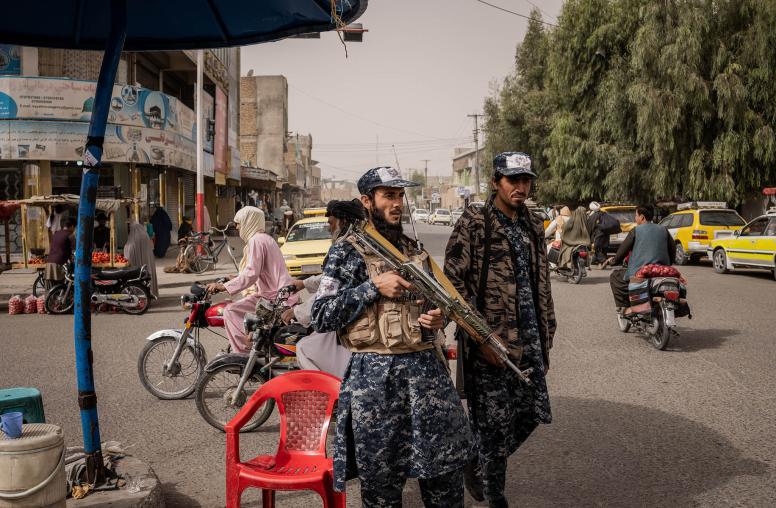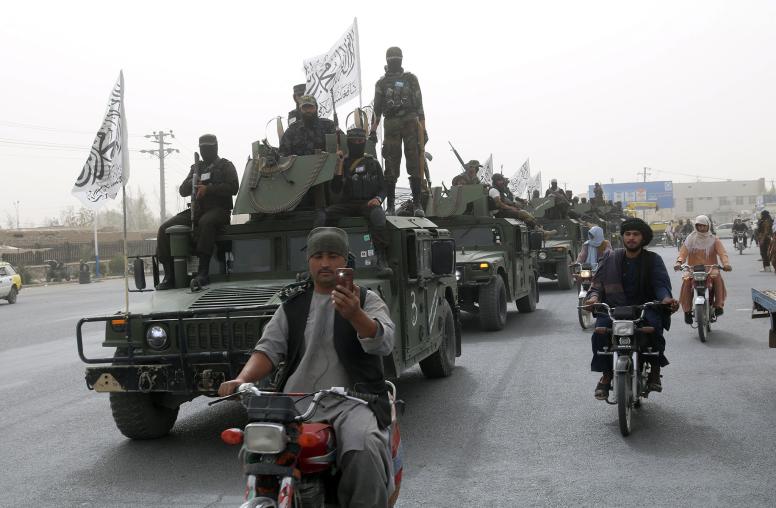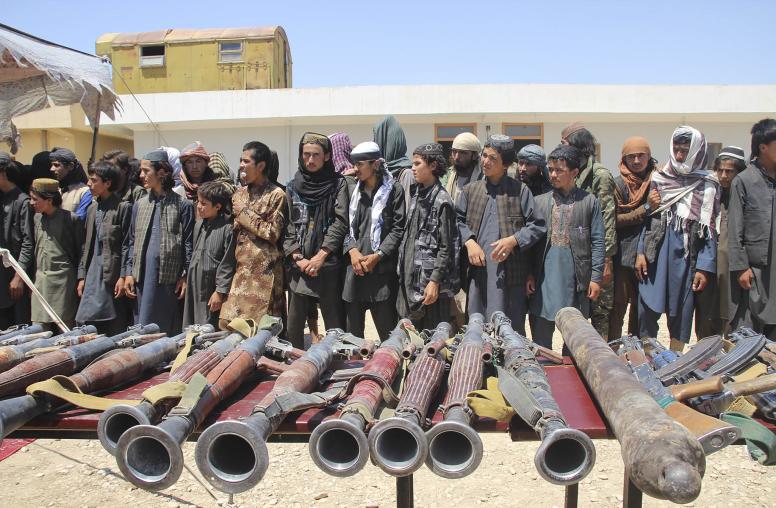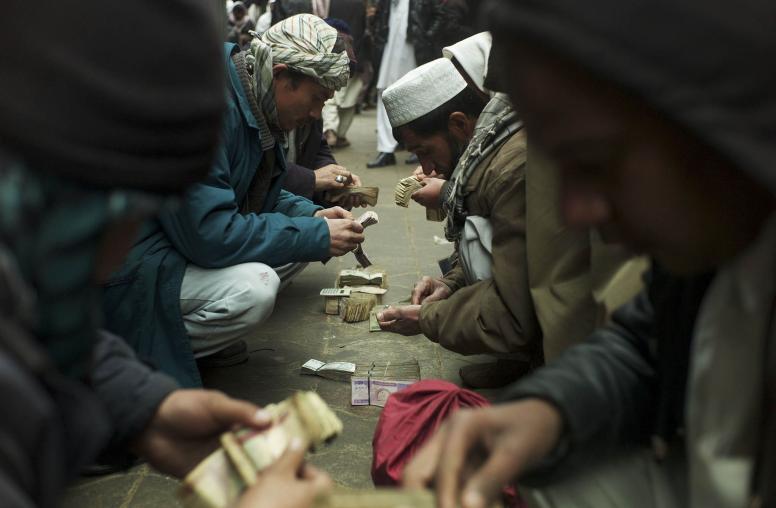Afghan First Lady Rula Ghani on Women as Peacemakers
A Conversation on New Roles for Women in Halting Afghanistan’s Violence
Read the Event CoverageAfghanistan’s women historically have mediated in conflicts among families and tribes, their role often seen as a last resort to stop bloodshed. That tradition has been eroded by four decades of war and the increased influence of more restrictive cultural ideas from neighboring countries and the Middle East. But from Kabul to the mountains of Kunar province, activist Afghan women are reclaiming their place in peace processes. On October 25, USIP hosted Afghanistan’s first lady, Rula Ghani, for a discussion on the evolution of women’s roles in fostering peace amid one of Asia’s longest current wars.
U.S. Institute of Peace is on Mixlr
Today Afghan women are claiming their place in peace processes, playing more active roles in peacebuilding at national and local levels. Women are members of the government’s High Peace Council and in 2015 women participated in preliminary talks with the Taliban in Oslo, Norway. In the eastern province of Kunar, a jirga, or assembly, of elderly women held talks at the houses and hideouts of insurgent fighters to persuade them to renounce violence.
As first lady, Rula Ghani has worked to foster peace efforts, notably by women. In May, she chaired an international symposium in Kabul on reviving women’s traditional peacemaking roles in Afghanistan. In her appearance at USIP, she discussed her work in empowering women as agents of peace.
Continue the conversation on Twitter with #WomenPeacemakers.
Speakers
Nancy Lindborg, Moderator
President, United States Institute of Peace
H.E. Rula Ghani, Speaker
First Lady of the Islamic Republic of Afghanistan
Rep. Susan Davis (D-CA), Panelist
53rd Congressional District of California, U.S. House of Representatives
Palwasha Kakar, Panelist
Senior Program Officer, United States Institute of Peace



